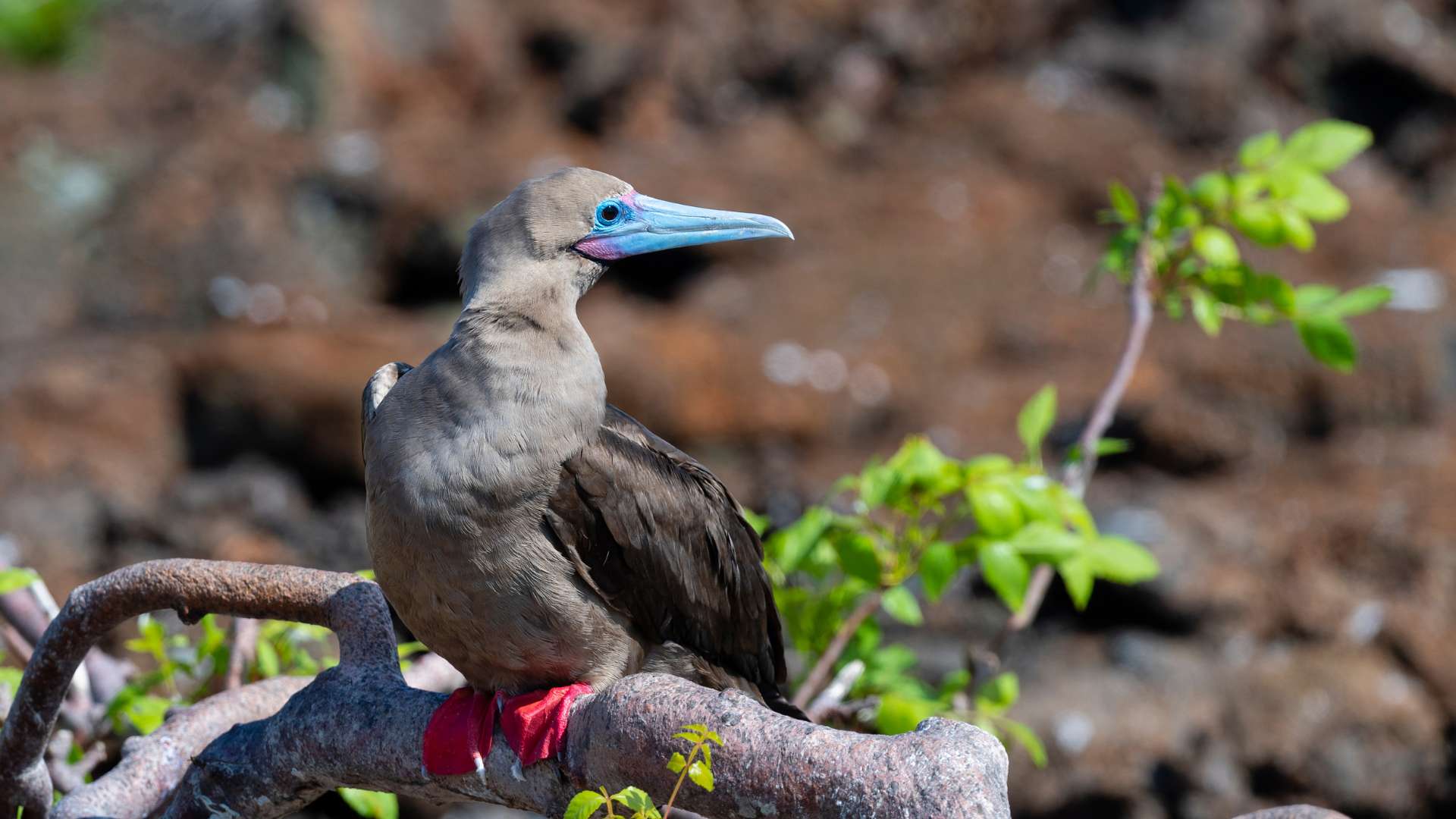This route takes you from the stunning marine arch at Witch Hill to the idyllic bay on Floreana Island. Blue footed boobies and frigate birds are all part of this stunning backdrop. You can snorkel with turtles, sea lions, baracuda and reef sharks while swimming with eels, baracuda and baracuda. The Yolita yacht is a superior turist yacht and offers lots of space. It's ideal for scholar travelers.
Day by day
Map

Preview

Preview

Preview
Cruise Includes
All programed visits as per itinerary with specialized naturalist bilingual guide
Accommodation in twin/double cabin with private facilities (surcharge for suite)
All meals on board, drinking purified water, coffee and tea
Snorkeling equipment (fins, mask & snorkel) & sea-kayaks
Transfers within the islands on cruise dates as per itinerary
Personalized 24/7 assistance during tour.
Cruise does not include
Airfare to/from Galapagos from/to Mainland Ecuador (to be added)
Galapagos National Park Entrance Fee US$200 per person (in cash only upon arrival)
Galapagos Migration Card US$20 in cash per person (at Mainland’s Airport)
Alcoholic/soft drinks, personal expenses, extras, and tips
All sizes wet-suits for rent on board (in cash)
Travel, medical & cancelation Insurance and any services on Mainland
Other services not specified in the program.
Highlights
Look for three different species of Darwin’s Finches and the Albatrosses at Española.
Contrast the lush rainforest in the Southern islands with the harsh lava fields in the central islands
Encounter both types of iguanas, land and marine througout this well planned program
Witness the magnificence of the waved Albatrosses at Española.
Wake up to a different sunset scene every day

Preview
From USD 4999,00 Per person